What Is the Average Price of a Facelift in Korea?

Planning for a cosmetic procedure, especially one as significant as a facelift, involves many considerations, and understanding the financial aspect is often at the top of the list. If you're looking into getting a facelift in Korea, you've chosen a destination renowned worldwide for its advanced plastic surgery techniques and highly skilled professionals. However, pinpointing an exact facelift cost in Korea can feel like navigating a maze due to the numerous variables involved. Don't worry, we're here to help clarify what you can expect.
What is the average price of a facelift in Korea?
The actual facelift cost in Korea can vary significantly based on several key factors. Generally, you can expect a range from approximately $5,000 USD for a mini facelift to upwards of $20,000 USD for a more complex full or deep plane facelift. This broad spectrum reflects the individualized nature of cosmetic surgery, where each procedure is tailored to the patient's specific needs and desired outcomes.
How does the cost of a mini facelift in Korea compare to a full facelift?
Mini Facelift in Korea
A mini facelift in Korea is a less extensive procedure designed for individuals with mild to moderate signs of aging, primarily in the lower face and jawline. It involves shorter incisions, often around the ears, and focuses on tightening the superficial tissues. This procedure typically addresses:
- Mild jowling
- Early signs of sagging in the neck and jawline
- Fine lines and wrinkles that are not yet deeply set
Because it's less invasive, requires less surgical time, and often involves local anesthesia with sedation, the cost of a mini facelift in Korea is considerably lower. You can expect to pay anywhere from $5,000 to $10,000 USD for this type of procedure.
Full Facelift (SMAS or Deep Plane) in Korea
A full facelift, encompassing techniques like the SMAS facelift or deep plane facelift, is a much more comprehensive procedure. It targets moderate to severe signs of aging across the entire face and often includes a neck lift. These procedures involve:
- More extensive incisions (extending into the hairline and around the ears)
- Redraping and tightening not just the skin but also the underlying muscle and connective tissue (SMAS or deeper planes)
- Addressing significant jowling, deep nasolabial folds, marionette lines, and substantial neck sagging
What is included in the facelift package price in Korea?
When you receive a quote for the price of a facelift in Korea, it's crucial to understand exactly what that figure encompasses. A comprehensive package should ideally cover all essential aspects of the procedure, ensuring there are no unexpected costs. While inclusions can vary slightly between clinics, here's a general breakdown of what is typically part of a Korean facelift package:
- Surgeon's Fee: This is the primary component and reflects the surgeon's skill, experience, and the time spent performing the surgery. Highly reputable surgeons with a specialization in facelift in Korea will have higher fees.
- Anesthesia Fees: Covers the cost of the anesthesiologist and the anesthetic agents used during the procedure. The type of anesthesia (local with sedation, twilight, or general) and its duration will impact this cost.
- Facility Charges: This includes the use of the operating room, surgical equipment, and any necessary medical supplies during the surgery. Top-tier clinics in Korea boast advanced facilities, contributing to their overall facelift cost in Korea.
- Initial Consultations: Many clinics include the cost of the preliminary consultations with the surgeon where your goals are discussed, your face is assessed, and a personalized treatment plan is developed.
- Pre-Operative Tests: Basic medical screenings and blood tests required to ensure you are a suitable candidate for surgery are often included or charged separately at a minimal cost.
- Post-Operative Care: This usually covers a few follow-up appointments with your surgeon to monitor your recovery, remove sutures, and assess results. It might also include initial medications or dressings.
How do Korean facelift prices compare to other countries?
Comparison Table: Facelift Cost (Average Range in USD)
| Country | Average Facelift Cost Range (USD) | Notes |
|---|---|---|
| South Korea | $5,000 - $20,000 | Highly competitive, advanced techniques, experienced surgeons. |
| USA | $10,000 - $25,000+ | Higher operating costs, varying surgeon fees. |
| UK | $8,000 - $20,000 | Can be comparable to US in some clinics. |
| Thailand | $4,000 - $12,000 | Known for lower costs, quality varies. |
| Turkey | $3,500 - $10,000 | Very competitive, emerging medical tourism destination. |
What is the typical recovery timeline for a facelift in Korea?
Understanding the recovery timeline for a facelift in Korea is just as important as knowing the price of a facelift in Korea. While the specific duration and intensity of recovery can vary based on the individual, the extent of the facelift, and surgical technique.
What are the qualifications of top facelift surgeons in Korea?
When considering the price of a facelift in Korea, it's equally important to consider the expertise behind that price. Korea is home to some of the world's most skilled plastic surgeons, but knowing what qualifications to look for can help you select the best professional for your procedure.
Ready to explore your options for a transformative journey? Visit PlacidWay to connect with leading medical tourism providers and discover healthcare solutions tailored to your needs, including the best options for a facelift in Korea.


.png)
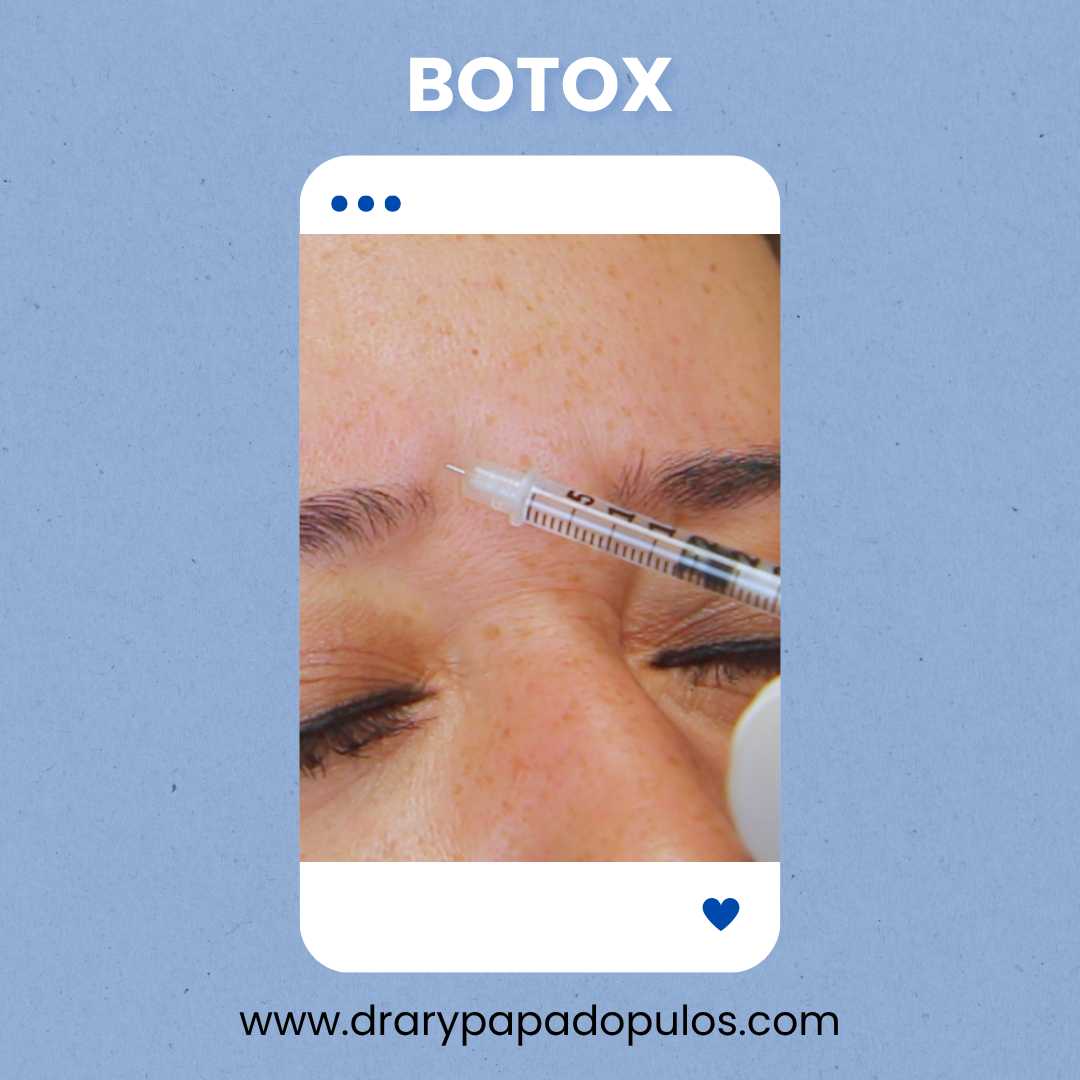

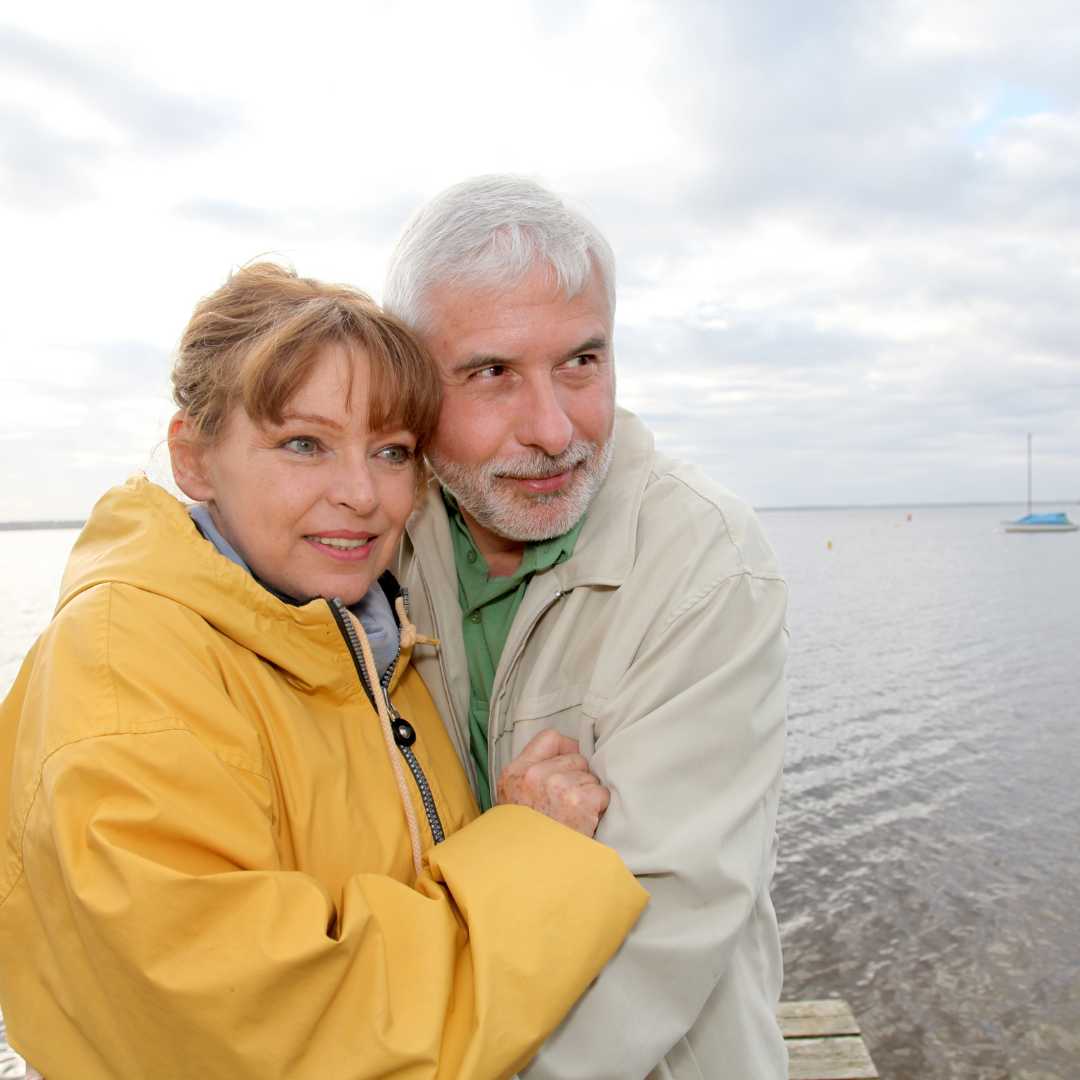

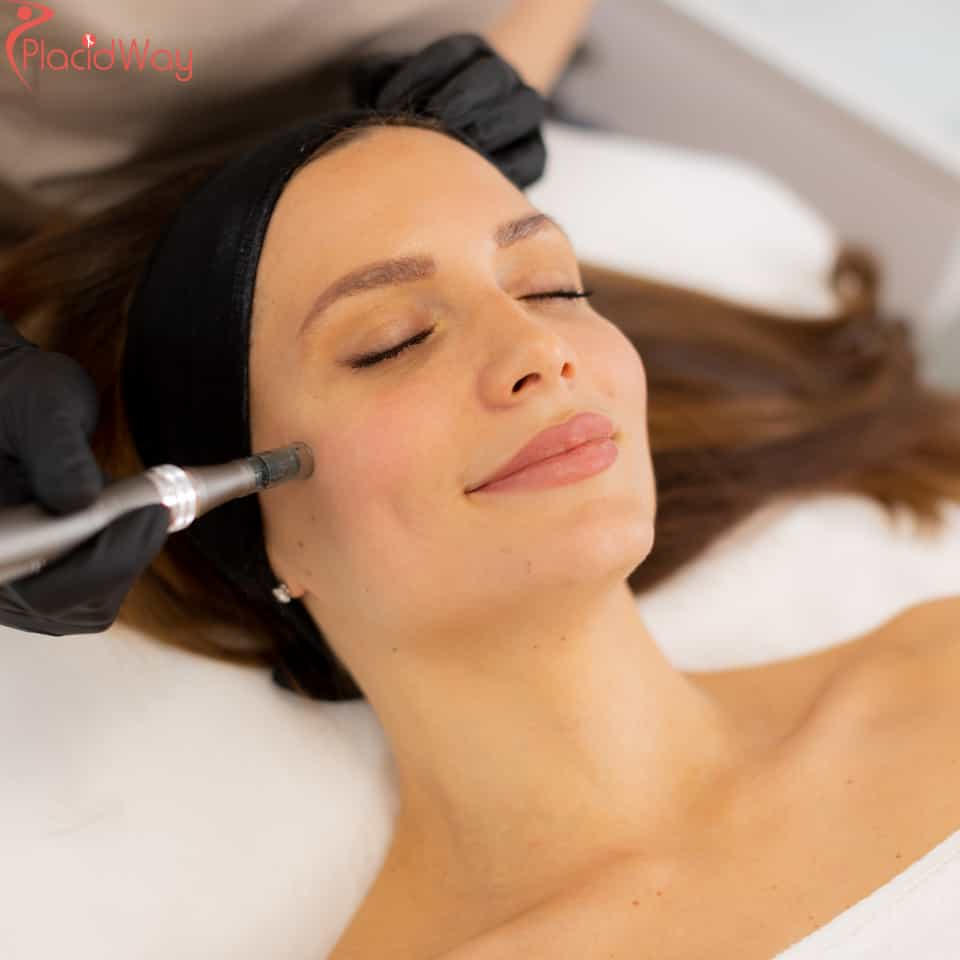

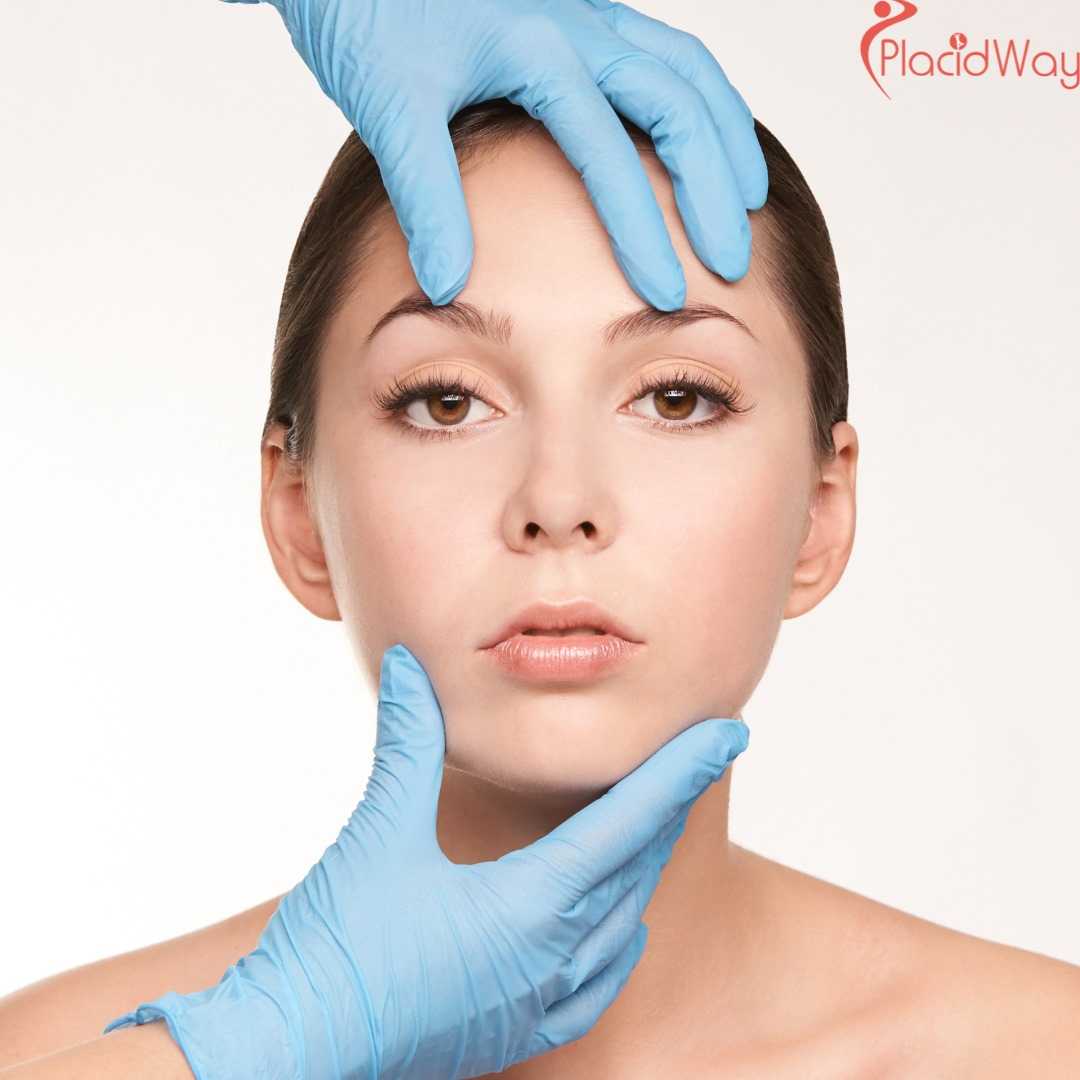

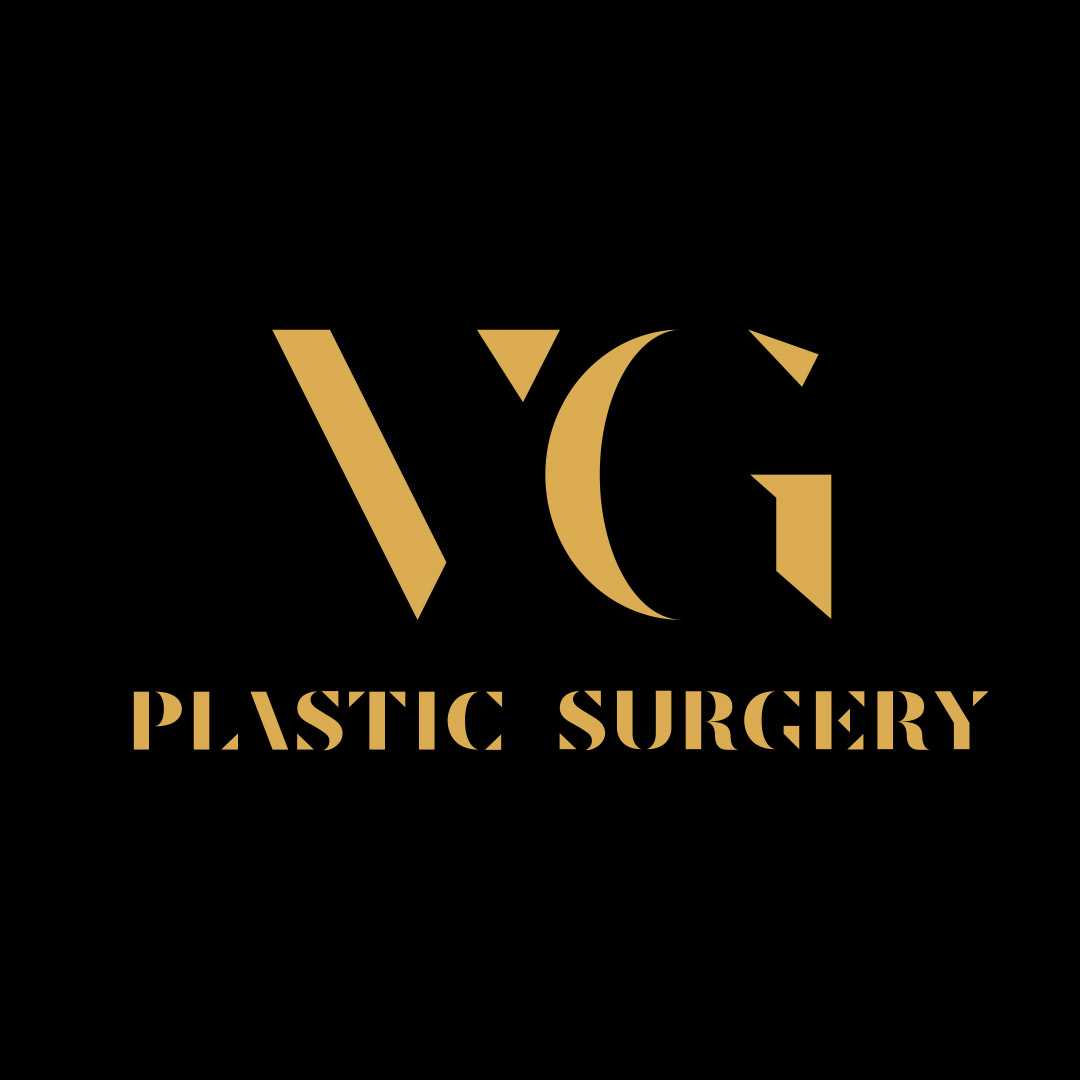
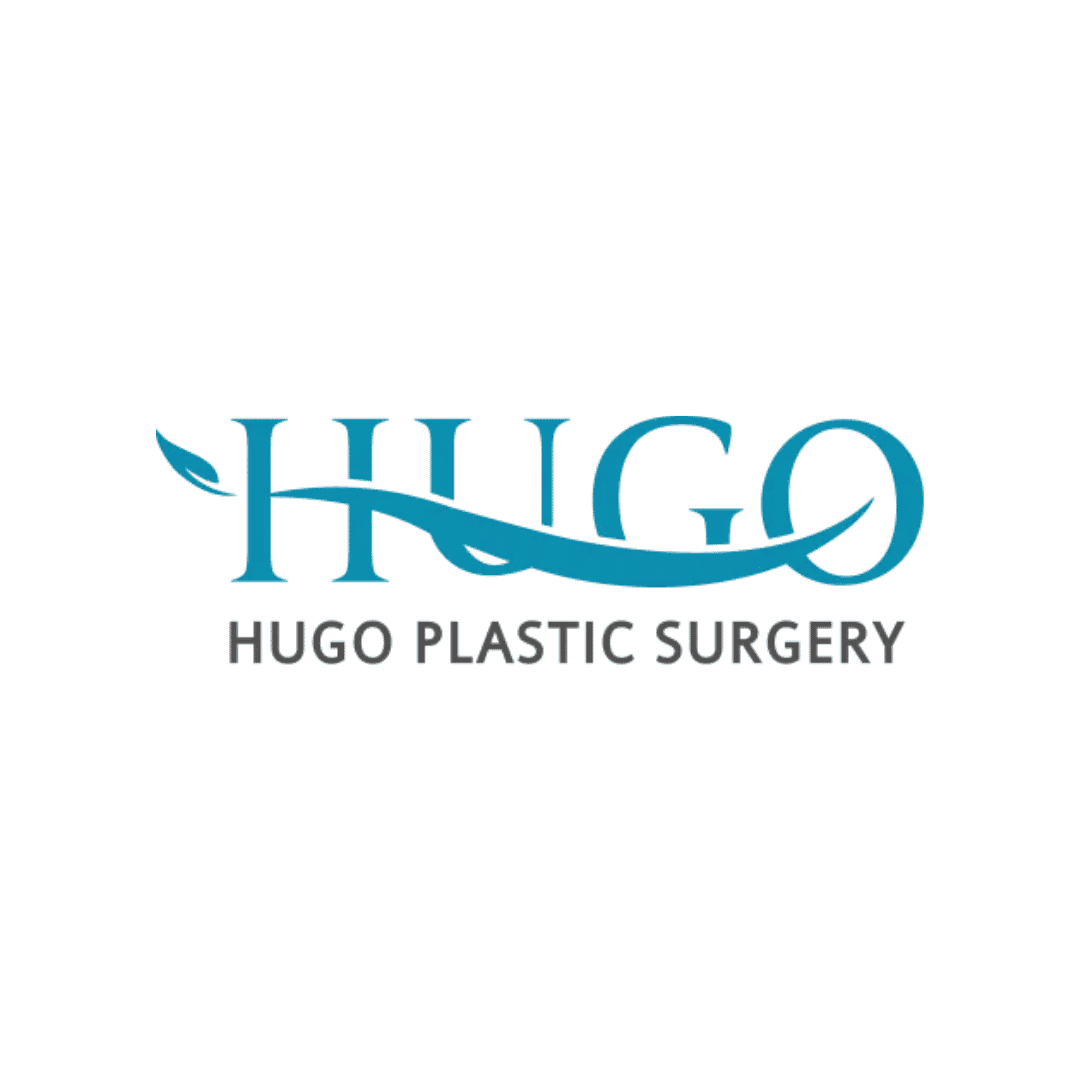
.png)

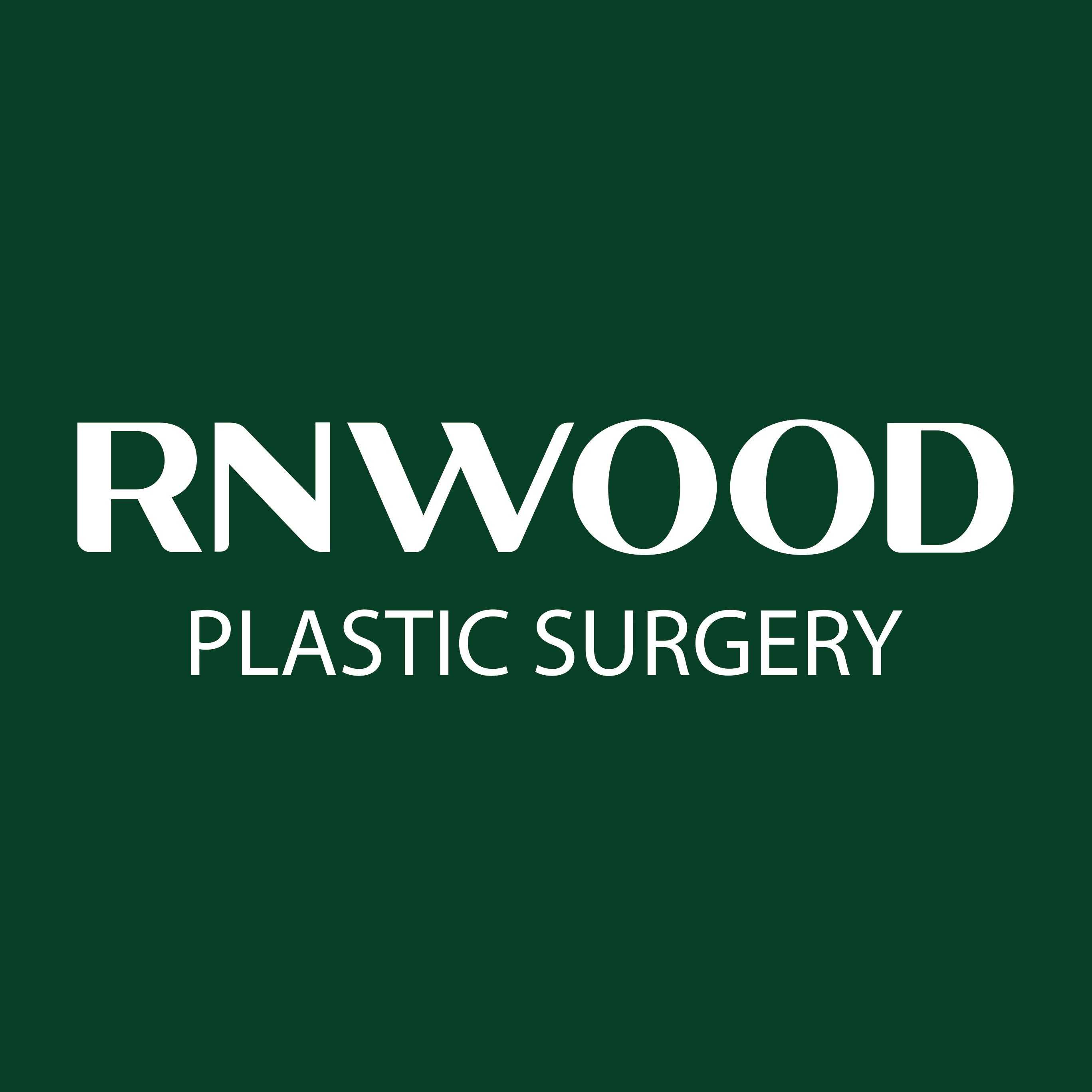

Share this listing